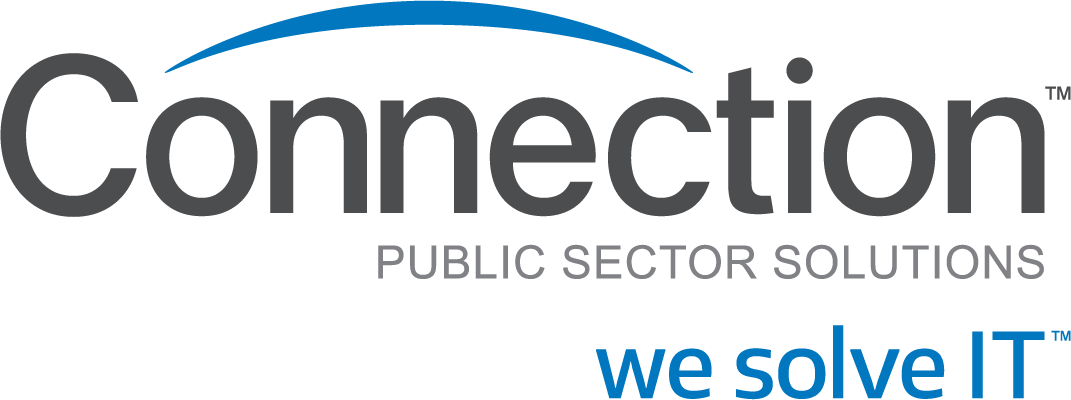
2020 brought many challenges to learning, and now districts across the country are working to address what has been termed “learning loss”—or the term I prefer “unfinished learning.” Some of the funding that schools are using to help support these programs include ESSER funds from the CARES and ARP Acts. We are seeing a trend where more schools are adopting an adaptive curriculum and addressing student engagement with STEM programs. Some of this is due to the requirements behind the ARP ESSER funds, but most of it is because schools recognize the need to prepare students for their future, which includes globally competitive markets based on technology.
Science, technology, engineering, art, and mathematics (STEAM) are grouped together to create powerful learning opportunities where students have the chance to uncover their interests and explore ideas that may not come out of traditional, single subject curriculum.
Sometimes, STEAM is misunderstood to be its own separate subject, but connecting these subjects encourages educators to integrate other disciplines into lessons and allow students the opportunity to apply learning in new and creative ways. Consider a lesson on money. This lesson could easily have science, technology, and engineering incorporated by extending the lesson to include a hands-on practical learning experience. The extension could be asking students to build a structure with materials that have a cost associated with them. It could be constrained to certain dimensions and required to hold a specific amount of weight within a cost budget. At the end of the lesson, students could create a “shark tank” type of media presentation to convince investors to support their project.
Not every lesson or STEAM engagement should be scripted. A true STEAM environment nurtures curiosity, critical thinking, collaboration, creativity, communication, and citizenship. STEAM environments allow for movement, conversation, respectful disagreements, and collaborative support of ideas. I’ve had a lot of engagements with senior executives at some of the world’s largest engineering firms and asked them what they are looking for in their future workforce. While they all want their employees to have technical skills, they were very clear that they are looking for employees that are creative, understand how to work with people, and can help to create a culture of innovation and collaboration amongst peers. STEAM learning isn’t a trend, and it isn’t going away.
If you are looking for what types of STEAM learning tools to add to your lessons, start with adapting one lesson you already teach and extend it to include STEAM. When you are ready to move beyond that and incorporate other disciplines such as computer science, look for products that include a robust curriculum. Most importantly, know that it’s okay if you aren’t an expert on things like coding and robotics. Be honest with your students and allow your students to be the functional experts while you remain the facilitative expert.

Connection helps educational institutions navigate the technology landscape and address evolving needs and challenges, on-time and on-budget.